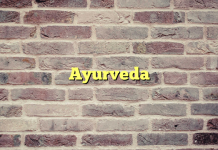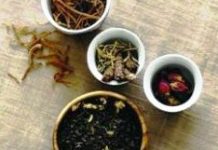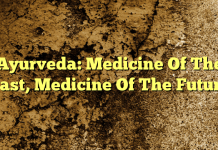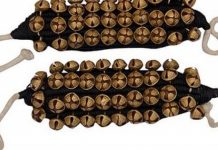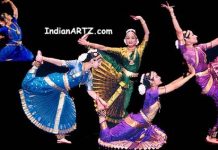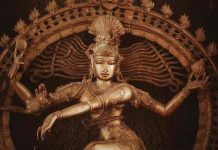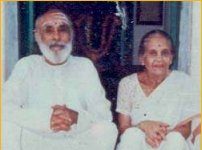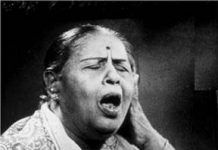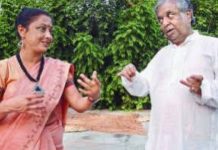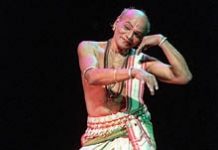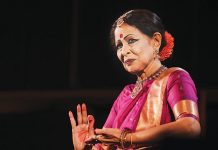The origin of Ayurveda is deemed to be from the Vedas. Hence the authentic references about the description of Ayurveda in Vedic literature are still to come. Ayurveda after the Vedic era or the post Vedic times developed a lot and attainted the position to be termed as the fifth Veda. The very first documentation over Ayurveda is said to be Aganivesaha Tantra. Aganivesaha wrote Aganivesaha Tantra. In later times Charka revised this text and tiled it as Charak Samhita. Dridabala then illustrated the Charak Samhita. After Charka Samhita it comes the Sushrut Samhita. Later Vagbhatta compiled both the Charka Samhita and the Sushrut Samhita and developed Ashtaang Samgraha and further revised it to Ashtaang Hridya.
Then come the Madhava Nidaan, Bhavaprakash, Chukradutta, Sharangdhar Samhita, Rastarangini and Bhaishajya Ratnavali. However the various archeological and historical descriptions lead us to the age of Ayurveda; but all these text can be taken to be produced between 1200BC to 200years back i.e. 18th century. Thus about a very long time passed away in the development of different kalpanas. All these points are to be taken into historical consideration. The more descriptions about it will come in history of Ayurveda.
The Hindu mythology believes in the passing of Ayurveda from being to being, initially. This is the very basic point of the difference found in various Ayurvedic references and text; because the oral traditions are transcribed from multiple sources. The Ayurvedic practices started from the use of fresh preparations and developed into tradition of complex mineral (i.e. mercuric/sulpher) based preparations. Now in Charak Samhita it is written in the 4/6-7 sutra sthan that madhur, amla, katu, tikta, kashaya, are the five sources of the panchavidh kalpanas and adding to it swaras, kalka, shrut, sheet, and phant are five types of kalpanas.
These five are fundamental preparations and rest all are derived and developed from these kalpanas. Charak Samhita is basically a medicine based textbook .In Charak Samhita the 27 chapter of sutra sthan describes the single drug usage of 44 drugs in accordance of their action. The Charak samhita includes about 128 forms of food and medicinal preparations. These kalpanas are likely to be 1200 years BC. After it Sushrut made the description of about 129 kalpanas which are nearly 1000years BC. Than after a long period ranging in between 4-6th century Vagabhatt wrote Ashtaang Samgraha, which contains 88 kalpanas and revised it to 76 in the Ashtaang Hridya.
Further Chukradutta nearly 11th century that is compiled of all the above text has reduced the number of preparations to 90 kalpanas including the parpati kalpana for the first time. After that comes the Sharangdhar Samhita which illustrated 74 kalpanas. Now comes the very latest Samhita Bhaishjya Ratnavali it contains 98 preparations including the parad kalpanas (mercuric complexes).
Generally all these kalpanas are near the same but they keep on changing and developing from one form to other in due course of time .The all kalpanas can be classified into following major groups. Those are the fundamental kalpanas and the derived kalpanas. The panchavidh kashaya kalpanas are the fundamental preparations and the all other are derived preparations.
The derived preparations are combinations of the fundamental preparations in combining the preparation process as well as the combination of various preparations. Mainly the preparations found in all the samhitas can be grouped in following ways.
[circle_list]
Single drug based and single preparation process based.
Multiple process and mixed drugs based.
[/circle_list]
The process of preparation of medicine was so much developed that in Charak Samhita there are eighty-four types of liquor preparations described. Of these 84 liquors the major types are-[circle_list]
Six types of dhanayasva (food grains based),
Twenty six types of falasava (fruit based),
Eleven types of moolasava(root based),
Twenty types of sarasava (concentration based),
Ten types of pushpasava (flower based),
Four types of kanadasava (stem based),
Two types of patarasava (leaf based),
Four types of twakasava (bark based),
And one sharakarasava(sugar based).
[/circle_list]
Like wise many preparations are there in the samhitas ranging from food to local applicators, and surprisingly inject able also. (Suchika bharan rasa) as found in Sharangdhar samhita.
About 200 years ago, Pranacharya Shri Sadanand Sharma wrote the Ras Tarangini, which was the base book for modernizing Ayurveda practices. The book describes the use of many mineral substances as medicine and their successful uses. This book, stared the process of developing the traditional herbs in sulphate, muriate phosphate as well as combinations of the above. Thus from Charak to bhaishajya ratnavali the traditions of Indian medicine develop from fresh preparations to that of complex herbo mineral perpetrations. The samhita has contributed a lot for the present systems of Indian medicines as well as the, life style in many ways as the traditional food preparations also arise in the samhitas.

![PANCHAKARMA [ Detoxification ] PANCHAKARMA [ Detoxification ]](https://indianartz.com/blog/wp-content/uploads/2017/07/PANCHAKARMA--Detoxification--218x150.png)
